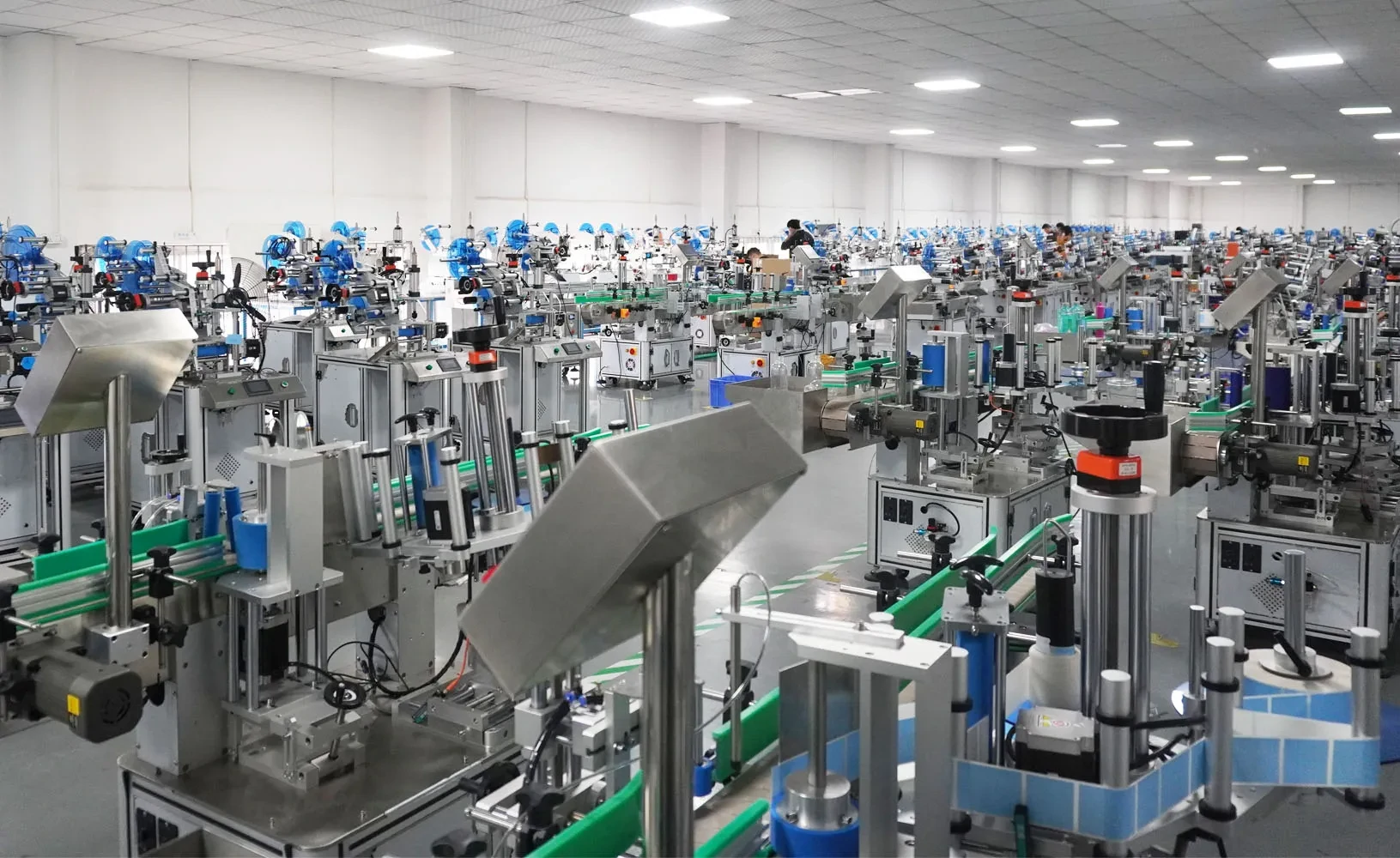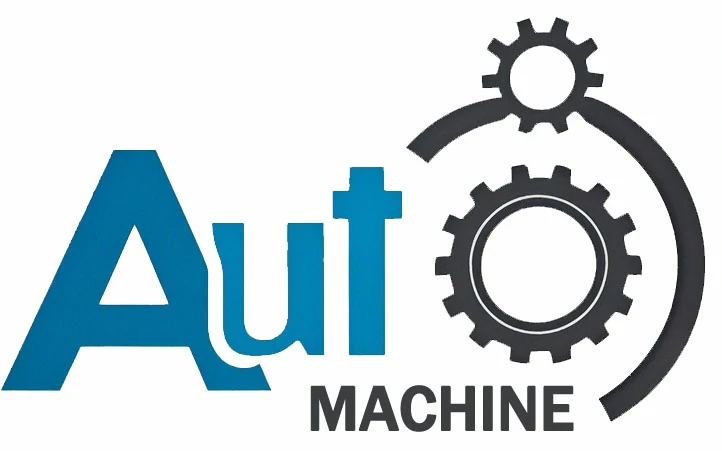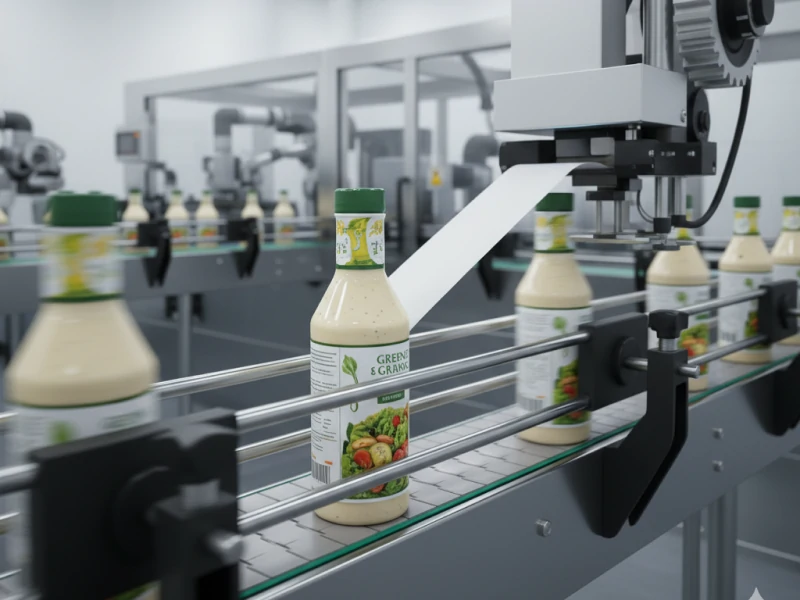
As consumers’ demand for natural, healthy, and diverse flavored products continues to grow, the market for vinegar products is expanding. From apple cider vinegar and balsamic vinegar to various flavored vinegars, the variety of products is increasing, placing higher demands on the professionalism and aesthetics of packaging. Labels, as a critical component of product packaging, not only serve as an important carrier for brand recognition but also influence consumers’ purchasing decisions.
This article will provide a systematic overview of the Vinegar Bottle labeling process, including bottle selection, common challenges, and labeling procedures, while introducing how to achieve efficient, precise, and professional labeling solutions with the AUTmachine automatic labeling machine.
Types of Vinegar Bottles and Labeling Characteristics
Glass Bottles
Advantages: High-end appearance, excellent light transmission, and strong airtightness, commonly used for premium vinegar products.
Labeling Tips: The bottle surface must be thoroughly cleaned. Use high-adhesion labels suitable for smooth surfaces and moisture-resistant adhesive.
Plastic Bottles (PET, HDPE)
Advantages: Lightweight, shatterproof, and cost-effective, ideal for household or large-sized packaging in the food service industry.
Labeling Tips: Pay attention to any textures or irregular surfaces on the bottle. The label material should have good flexibility.
Special Packaging (Ceramic, Metal Cans)
Often used for gift sets or industrial purposes, featuring diverse designs. Labeling requires custom molds or specialized positioning systems.
Common Challenges in Vinegar Bottle Labeling
- Diverse Bottle Shapes, High Labeling Difficulty: Irregularly shaped bottles can cause labels to skew or wrinkle.
- Moisture Condensation Affects Adhesion: When bottles are moved out of cold storage, water droplets on the surface may compromise label adhesion.
- Label Peeling or Bubbling: This occurs when the label material and adhesive are not suited to the bottle material or environmental conditions.
- Non-Compliance with Regulatory Requirements: Failure to accurately label acidity, ingredients, or other required information may violate food labeling regulations.
The Standard Process for Labeling Vinegar Bottles
Cleaning and Drying
Use an industrial wiping machine or manual cleaning to ensure the bottle is free of water stains, dust, and grease.

Selecting the Appropriate Label
Label materials: Synthetic paper, PP film, waterproof labels, etc.
Adhesive type: Suitable for glass/plastic, condensation-resistant, and anti-peeling.
Manual vs. Automatic Labeling
Manual labeling: Suitable for small-batch trial production, applied by hand, prone to errors.
Automatic labeling: High-speed, batch labeling performed by equipment, ensuring uniform placement and high efficiency.
Alignment and Labeling Test
The labeling equipment must be calibrated for different bottle shapes to avoid misalignment or double labeling.
Finished Product Inspection
Set up an inspection station to reject defective products with issues such as misalignment, bubbling, or unclear printing.
How to label viengar bottles at home?

- Clean the Bottle
• Thoroughly wash the Vinegar Bottle with warm water and dish soap to remove any grease, dust, or residue.
• Dry it with a cloth or use a hairdryer to ensure the surface is completely dry, as moisture can prevent the label from adhering properly. - Choose the Right Label
• Material: Regular printer paper (can be laminated for waterproofing), waterproof stickers, kraft paper, etc.
• Adhesive: Standard sticker glue (for short-term use) or strong adhesive (for long-term durability). - Design and Print the Label
• Use software like Word or Photoshop to design the label, adjusting the size to fit the bottle.
• For regular paper labels, apply a layer of clear nail polish or tape to enhance water resistance. - Apply the Label Manually
• Alignment: Position the label on the bottle, secure one corner first, then slowly smooth it down to avoid bubbles.
• Smoothing: Use a bank card or scraper to remove air bubbles and ensure the label adheres tightly. - Reinforce (Optional)
• After applying the label, cover the edges with clear tape or spray a layer of sealant (like Mod Podge) for added waterproofing and durability. - Check the Result
• Ensure the label is smooth and free of lifted edges. Wipe off any excess adhesive.
Tips:
• Use rubber bands to help position labels evenly for consistent height.
• For batch labeling, create a simple positioning template (e.g., a cardboard cutout to hold the bottle in place).
How do you store vinegar bottles?
Store Away from Light
• Vinegar is sensitive to light, especially direct sunlight, which can accelerate spoilage. It is recommended to store the Vinegar Bottle in a cool, dark cabinet or storage area.
Keep Sealed
• Always tighten the cap after use to prevent air exposure, which can cause oxidation or evaporation.
• If the original bottle has a wide opening, consider transferring the vinegar to a small-mouthed glass bottle with a sealing gasket (such as a soy sauce bottle) to minimize air contact.
Temperature Control
• The ideal storage temperature is between 10-25°C. Avoid high temperatures (e.g., near the stove) or low temperatures (refrigeration may cause sediment to form in certain types of vinegar).
Store Upright
• Prevent prolonged contact between the liquid and the cap to avoid corrosion of metal components (e.g., iron caps).
Decanting Recommendation (for Long-Term Storage)
• Large quantities of vinegar can be decanted into dark-colored glass bottles to reduce the frequency of opening and closing.
Note:
• Fruit vinegars or other vinegars with high sugar content should be refrigerated to prevent fermentation.
• Check the expiration date. Once opened, it is recommended to use within 6-12 months.
Why Choose AUTmachine Automatic Labeling Machine?
AUTmachine provides professional automatic labeling solutions for industries such as food, beverages, and condiments, with extensive experience and technical expertise in labeling Vinegar Bottles:
- High-Speed Labeling for Mass Production
Capable of labeling hundreds of bottles per minute, ensuring stable and reliable performance for assembly line operations. - Precise Positioning for Uniform Labels
Equipped with a high-precision sensor system, adaptable to various irregular-shaped bottles and surfaces. - Compatible with Multiple Bottle Types and Materials
Easily handles Vinegar Bottles made of glass, plastic, ceramic, and more. - User-Friendly Operation with Quick Changeover
Features a touchscreen interface and multiple preset parameters for one-click switching between different product specifications. - Scalable for Businesses of All Sizes
Offers solutions ranging from semi-automatic desktop machines to fully automated high-speed production lines, catering to startups and large factories alike.
Boost Your Labeling Efficiency Instantly!
A well-applied, accurately placed label not only makes your product stand out but also reflects your commitment to quality. If you’re struggling with issues like low labeling efficiency, misalignment, or labels falling off your Vinegar Bottle, AUTmachine is the ideal solution for you.
Contact us today for a free consultation and a demo of our labeling machine, and let’s embark on a journey toward efficient and professional labeling together!

FAQ
Answer: For glass Vinegar Bottles, it is recommended to use waterproof, oil-resistant synthetic paper or PP labels paired with high-strength permanent adhesive. For plastic bottles (such as PET or HDPE), flexible, condensation-resistant PE labels or BOPP labels are ideal to prevent bubbling or peeling.
Answer: Possible reasons include: the bottle surface was damp or not dry, non-cold-resistant adhesive was used, the bottle surface had oil or dust, or the label material is incompatible with the bottle material. It is recommended to thoroughly clean the bottle before labeling and choose a food-grade labeling system specifically designed for cold beverages or condiments.
Answer: Soaking time depends on the label material and adhesive type. Typically, soaking in warm water with soap or baking soda for 30 minutes to 2 hours will loosen the labels. For stubborn residue, rubbing alcohol or cooking oil can help. This method works for both plastic and glass bottles, but avoid excessively hot water to prevent deformation.
Answer: Yes. AUTmachine offers semi-automatic labeling equipment suitable for small-scale production. It is easy to operate and compact, making it particularly ideal for startup brands or hand-bottled businesses. It ensures labeling consistency while saving significant labor costs.
Answer: Yes. The AUTmachine automatic labeling machine supports multi-size switching and can adapt to different heights, diameters, and shapes of glass or plastic Vinegar Bottles. By setting the bottle parameters, a single machine can flexibly handle multiple product lines




